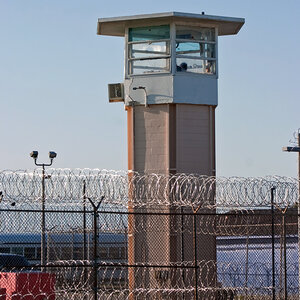Juvenile Incarceration Provides Little Benefit, Report Finds
While juvenile incarceration costs states an average $88,000 per youth annually, it has not paid off from a public safety, rehabilitation, or cost perspective, a new report from the Annie E. Casey Foundation finds.
Based on forty years of data on abusive conditions in juvenile institutions, the report, No Place for Kids: The Case for Reducing Juvenile Incarceration (52 pages, PDF), concludes that the incarceration of juvenile offenders has failed to stem or reduce youth crime. Indeed, according to a 2007 survey, more than sixty thousand youth, including a disproportionate number of young people of color, are confined in juvenile correctional facilities or other residential programs on any given night — more than currently reside in Baltimore or Nashville. The report also highlights an emerging trend in which at least eighteen states have closed more than fifty juvenile corrections facilities over the past four years due to budget crises or abuse scandals.
According to the report, within three years of release roughly three-quarters of youth have been rearrested. The report also found that states with lower levels of juvenile confinement from 1997 to 2007 saw a greater decline in juvenile arrests for violent crime than states with higher incarceration rates. In addition, incarceration exposes youth to further violence and abuse. According to reports released in 2010, one in eight confined youth have reported being sexually abused by staff or other youth, while 42 percent have feared physical attack.
To help state and local juvenile justice officials alter youth incarceration patterns and improve system outcomes, the report offers six recommendations, including limiting eligibility for correctional placements to youth who have committed serious offenses and pose a clear and demonstrable risk to public safety; investing in promising non-residential alternatives; changing the financial incentives that encourage overreliance on correctional placements; adopting best practice reforms for managing youth offenders; replacing large institutions with small treatment-oriented facilities for the most dangerous youth; and collecting better data.
"The traditional approach of locking up youth offenders wholesale — even those with limited histories of serious or violent offending — has continued for decades without any evidence that it helps kids or protects the public," said Bart Lubow, director of the Juvenile Justice Strategy Group at the Casey Foundation. "This report highlights the crucial challenges facing the youth corrections field. Our hope is that the research will serve as a catalyst for developing more effective and efficient juvenile justice strategies."





